The Centers for Disease Control and Prevention recognizes how water damage situations (such as from a flood, leaky or broken pipe, sewage backup, etc.) can be potentially hazardous”¦ not just initially, but over time as well.
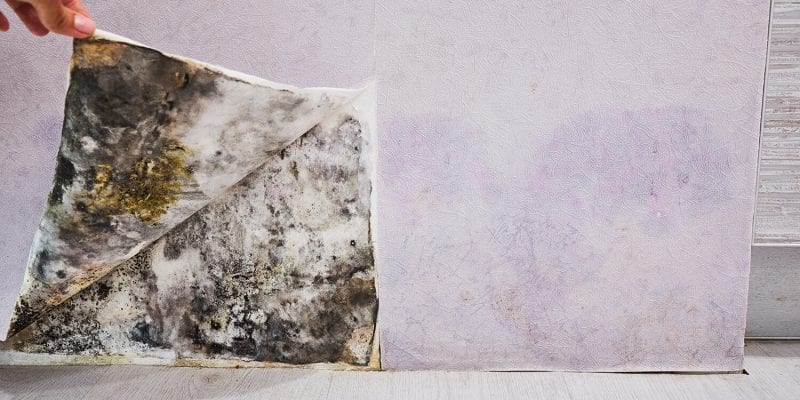

The Centers for Disease Control and Prevention recognizes how water damage situations (such as from a flood, leaky or broken pipe, sewage backup, etc.) can be potentially hazardous”¦ not just initially, but over time as well.
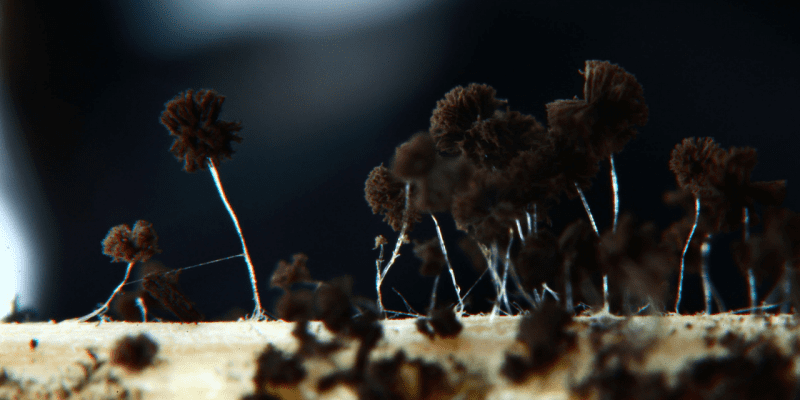
Mold, every home owner’s worst nightmare. Not only does it look unsightly, but a mold infestation can be detrimental to your family’s health. In this FAQ we will answer common questions about how it grows, who it affects, and how to get rid of it.
So.. What Is Mold Exactly?
Typically seen mold is a form of multi-celled fungus which is constantly present in the atmosphere in the form of fungus spores. These spores can make themselves at home with you, so long as they have a cozy environment such as a moist, generally undisturbed area. Additionally, they require a food source such as paper, wood, fabric fibers, dead skin cells, and more.
That Sounds Kinda Gross! What Impact Does It Have On Your Health?
Touching or inhaling the mold can affect anyone in the household. However, some people are more sensitive to the mold spores than others. Infants and the elderly, people with allergies, suppressed immune systems, and those suffering from asthma feel more effect from the mold spores. Typically they will experience inflammation of the sinuses, sneezing, runny nose, cough, congestion, itchy eyes, and skin rashes.
Yikes! Isn’t Mold More Of A Warm Weather Problem?
While it’s true that mold thrives in warm and moist environments, many onsets of mold occur in the home due to winter conditions. During the winter months, homes are less ventilated and water vapor will condense on cold surfaces such as windows and walls.
What Can I Do To Prevent Mold From Growing In My Home?
The best way to help prevent the growth of mold in your home is to minimize humidity inside the home. Spilled liquids should be cleaned up promptly, and damp clothing which cannot be laundered right away should be hung outside to dry. Ensure that your A/C drip pans are empty and the filters cleaned. Open windows to encourage ventilation in rooms such as the bathroom and kitchen. Also, be sure your appliances such as your dryer are properly vented outdoors.
I Think I Already Have Mold In My Home… What Can I Do?
The first thing to do is begin eliminating the sources of moisture in your home. If possible, open windows and doors while running fans to dry out the moldy area. When cleaning, never touch mold with your bare hands, always wear rubber gloves and a face mask.
If the mold damage is too extensive, you should seek out the help of a professional. They can inspect the property and give you an accurate estimation of what the cleanup will cost and how extensive it should be. If you would like to know more, feel free to visit our website.
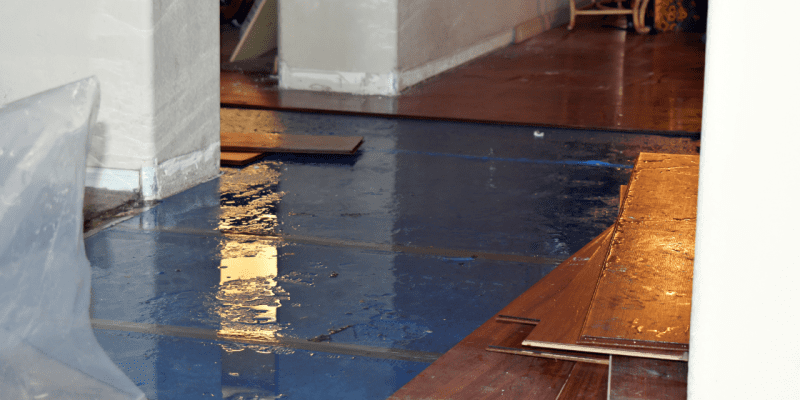
Do you know what the EPA says about discarding moldy materials?
It’s not as easy as just tossing them into the trash can, which is what some homeowners might be tempted to do when they try out some “do-it-yourself” mold work.
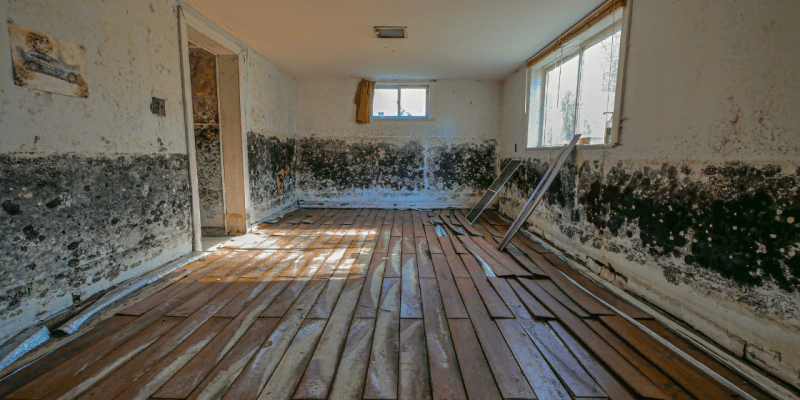
Mold is a disgusting, fast-growing villain that can spread within just 48 hours of water damage. In walls, under sheetrock, in cupboards, on ceilings, and all sorts of other places, mold can be found just about anywhere if it is in the right conditions. However, you might not know what these conditions are, how to recognize mold, or what to do about it if you find it. Below, we have compiled a simple mold crash course to keep you informed and at the ready in case of mold damage in your home.
Continue reading “Mold Growth 101: How To Keep Your Home Safe” →
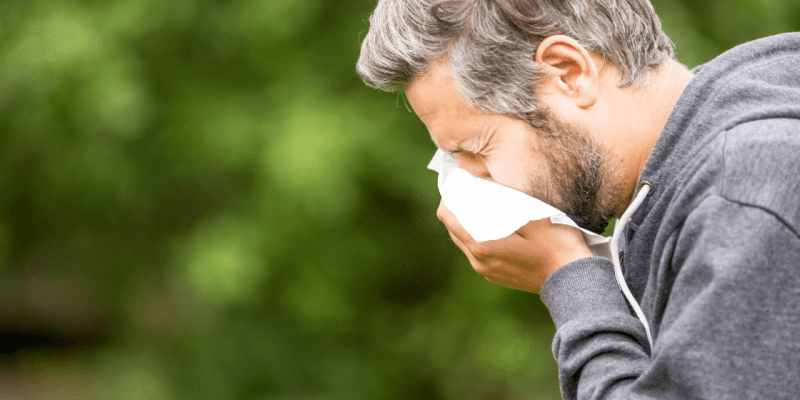
DID YOU KNOW that even the healthiest of individuals can still feel negative effects in the presence of some common things around the house?
It’s not something that necessarily has to start growing in the basement of your house after a flood. It’s something that can “just happen” and it’s not good news. But it can be easily fixed.
First of all, what are we talking about?
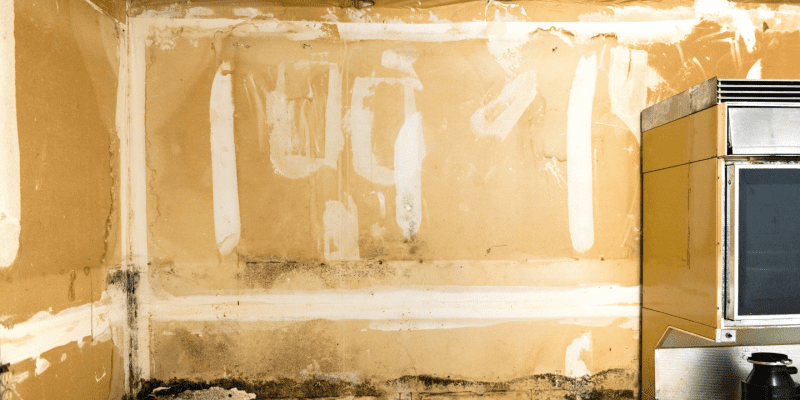
Most people think little of finding mold inside their home. After all, a little mold on a piece of bread won’t kill the consumer, so why discard it? The same can be said with mold inside your home. If it is just a little mold, how bad can it really be?
Continue reading “Understanding The Side Effects Of House Mold” →

Mold is ever-present in our world. It contains tiny spores that commonly grow within household dust. When these mold spores become greater in quantity, they pose a health hazard to humans. As a result, humans face serious health hazards such as respiratory issues and allergic reactions.
They may also manifest something called mycotoxins. High exposure to these types of spores can cause serious health concerns such as neurological problems.
Since the spores are toxic to humans, a variety of harmful health problems can develop over time. Some people are more sensitive to the spores than others. Consequently, there is a higher risk for people with any sort of chronic lung illnesses, which will result in more caustic reactions when they are exposed to mold.
Some other troubling health concerns include:
In most properties, the air conditioner will act as a dehumidifier, removing the moisture from the air. Basements, closed in porches, and crawlspaces need to have moisture removed from it different since air conditioning does not reach these areas in most cases.
Any water damage that occurs in a building needs to be treated quickly. The spores can grow quickly in right conditions. Mold will begin to grow within 24-72 hours once moisture and contaminants are present. As soon as water is found, remove the source of the water. If the roof is leaking, place a tarp over the roof. If a pipe is leaking, change the pipe. After the source is stopped, drying the property can take place. Most of all, it is highly important to have a certified and trained water damage technician be the one to dry it. When moisture spreads, it goes to places that are unseen. A trained technician will know the right method to dry all of the affected areas.

Everyone wants the safest, healthiest home environment for their families. You would do anything to protect your loved ones from exposure to any substance that could cause them harm.
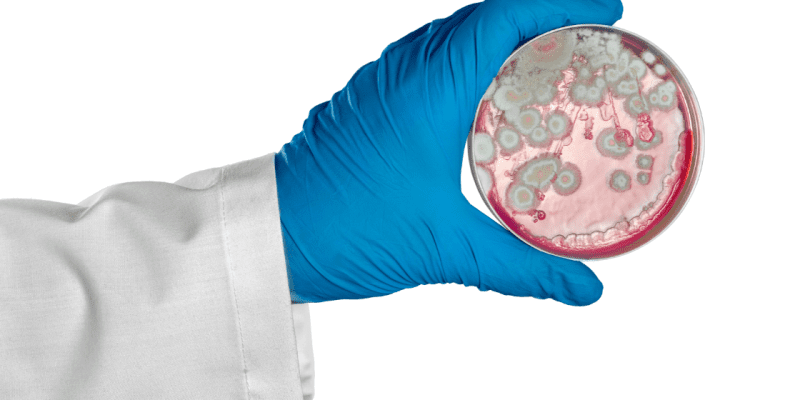
Interstitial lung diseases, phaeohyphomycosis, chromoblastomycosis, allergies, hair loss and scalp infections are all known to be caused by exposure to cladosporium. It is a genus of fungi that our mold inspection specialists have encountered during examinations of water damaged homes. So we are encouraging all people in our service area that suspect that their buildings may be harboring colonies of cladosporium to read today’s blog and reach out to us right away.
Continue reading “Mold Inspection Specialist Clears the Air on All Things Cladosporium” →
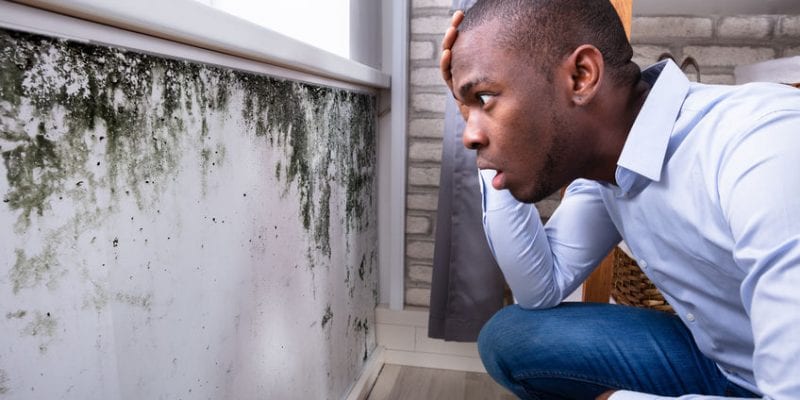
What You Should Know About Mold
Mold is a fast-growing fungus that can spread within 48 hours of water damage. In some cases, like after a flood, the need for restoration is obvious. In other cases, mold can be growing behind your walls without you noticing. Mold spores spread easily and quickly, and mold can grow almost anywhere under the right conditions: on carpet, clothing, cabinets, drywall, in your walls, or even in your ceiling. In addition to being difficult to remove, mold can also produce allergens and, in some rare cases, even toxins. Taking the necessary steps to protect your home against mold, learning to spot the signs of mold, and knowing the negative effects of mold are important to keeping you and your family safe.
PREVENTING MOLD
Dry Wet Areas Immediately
Monitor Humidity in Your Home
Keep House Well Ventilated
Identify Problem Areas in Your Home
Direct Water Away from Your Home
Check Gutters
SIDE EFFECTS OF MOLD EXPOSURE
MYCOTOXINS
What are mycotoxins?
SIGNS OF MOLD
Watery or Stinging Eyes
Tingling Skin
Paint Bubbling
Odd Smelling Chimney
Bathroom Exhaust Fan isn’t Working
Even if the water damage to your home may not seem significant, it is important to use a qualified restoration company to bring your home back to pre-loss condition. Trying to fix a major mold problem in your home on your own is not only generally ineffective, it can also be dangerous. Any cleaning a homeowner does is usually only at the surface level, leaving potentially harmful mold, bacteria, and toxins beneath your floors or in your walls. This can lead to bigger and more costly damages down the line.
